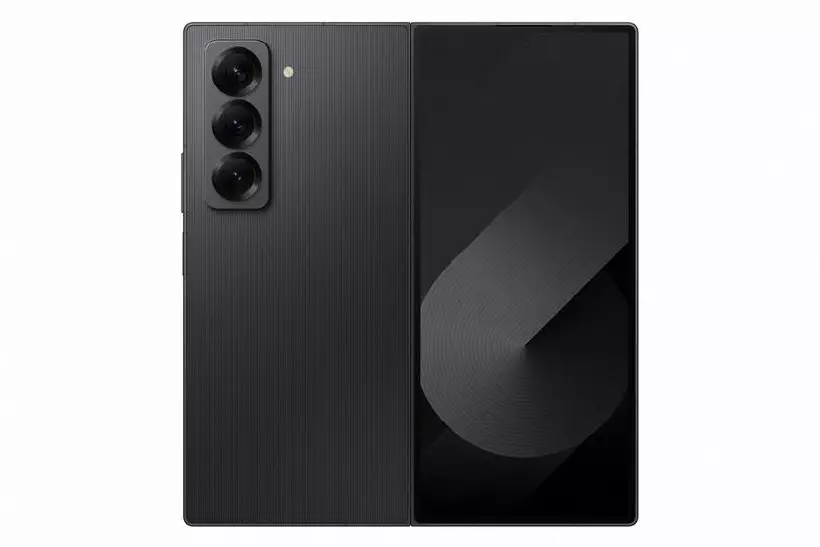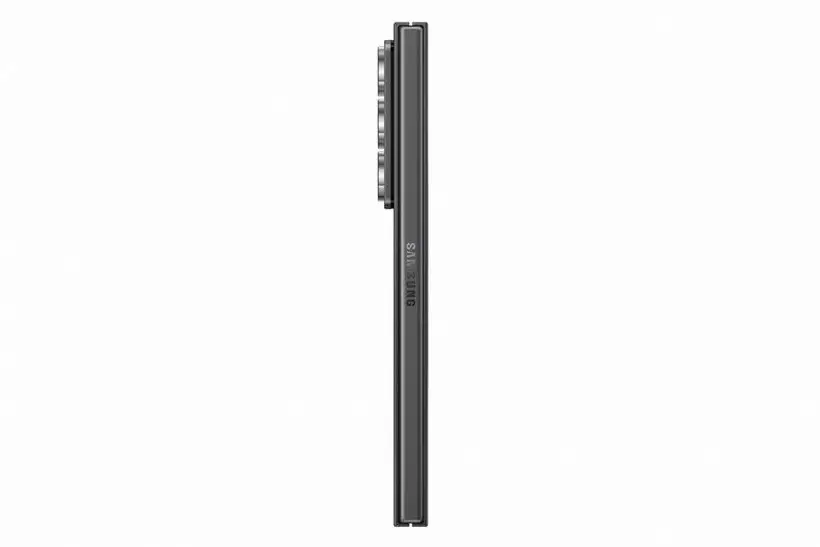The presented Samsung Galaxy Z Fold Special Edition thinner and lighter
24.10.24
Samsung introduced the Galaxy Z Fold Special Edition – an improved version of the folding device compared to the Galaxy Z Fold 6. The smartphone is equipped with the largest screens among Samsung folding models: an external display of 6.5 inches with an aspect ratio of 21:9 and an internal folding screen of 8 inches of aspect ratio 20:18.
One of the main advantages of the novelty was reduced thickness and weight. When unfolded, the device is only 4.9 mm thick, and when folded – 10.6 mm, which is noticeably thinner compared to the Galaxy Z Fold 6 (5.6 mm and 12.1 mm, respectively). ![]() A striped pattern has been added to the back panel, giving the device a unique look.
A striped pattern has been added to the back panel, giving the device a unique look.

The Samsung Galaxy Z Fold Special Edition also received an improved 200MP main camera, similar to the one installed in the Galaxy S24 Ultra. Internal specs include a Snapdragon 8 Gen 3 processor, 16GB of RAM, and 512GB of built-in storage. While the 4,400mAh battery capacity and 25W charging power remain unchanged, the software has been updated to Android 14 with One UI 6.1.1, and the device will receive system updates and security patches for 7 years.
The Galaxy Z Fold Special Edition will go on sale in South Korea on October 25 for around $2,000 and is available in Shadow Black. No word yet on plans for a global launch or a name change for the Chinese market.
Don't miss interesting news
Subscribe to our channels and read announcements of high-tech news, tes
Logitech G Powerplay 2 wireless charging pad review

Logitech has great wireless mice, and there’s also the G Powerplay 2 wireless charging mat that will keep them charged right while you’re using them.
Aston Martin and Curv Racing Simulators unveil $75,000 AMR-C01-R car simulator car games
The simulator’s design is based on a carbon monocoque and includes Aston Martin’s signature grilles
Scientists in the US are developing batteries without harmful chemicals accumulator research
Researchers at the University of Chicago have developed a method for getting rid of hazardous chemical compounds in batteries without losing their efficiency.


